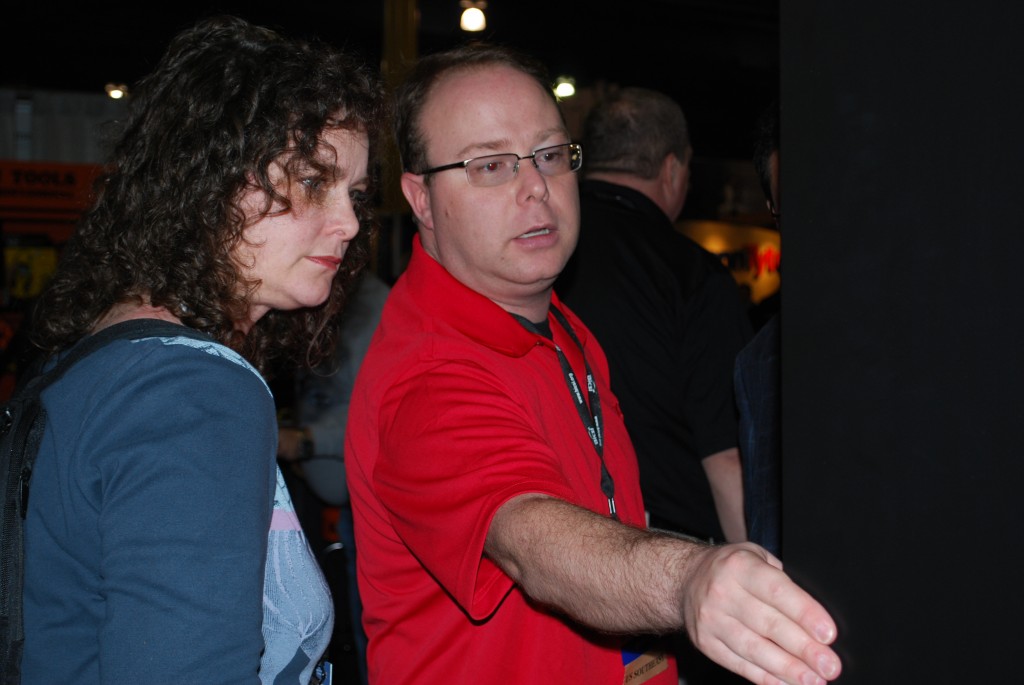Dr Ian Timmins is a senior member of technical staff in the research and development group in Asheville, NC. His areas of interest include wireless communications, distributed antenna systems, high performance copper and fiber cabling, data centers, and green energy initiatives. Ian is an IEEE member and participates in several standards development groups.
——–
Density is one of the leading considerations for data center designers and operators with all major industry connectivity players offering new solutions for today’s technology demands as well as pathways to the projected requirements of tomorrow. That being said, density in the data center is emerging as a key design consideration for two distinct reasons:
1. Cost attributed to installation and maintaining cabinet space on a per rack unit basis
drives higher interconnect counts into a traditional form factor.
2. Emerging technologies require more fiber counts for the upcoming 40G and 100G
Ethernet.
OCC’s new Procyon product was designed to accommodate these trends in technology; providing high density connectivity components orientated at LC (10G) and MT (40 and 100G) based connectivity, as well as the impending evolution between the two technologies. Uniquely, OCC has engineered these products with very distinctive features compared to the leading competition designed with the end user experience in mind. To compensate for this trend towards increased density, cable management features for enhanced accessibility of both the trunk cables in the rear and patch cords in the front
have been patented and released to market in February 2012. The Procyon system offers pre-terminated trunk cable assemblies for quick on site installation, as well as elimination of field termination of high count fiber optic connectors. Furthermore, Procyon 10G, 40G and 100G cassettes offer integrated cable management features designed for ease of accessibility for anyone wanting high density while maintaining easy individual jumper access. Beyond this ground breaking feature to cassette design is the accompanying patch panel chassis features, including a distinct 3-tier cable management system that couples the high density cassettes in a vertical manner directly to the chassis to ensure easy of cassette removal when installed density is at maximum. For trunk cable installation on the rear of the patch panel, the high density sub groups are managed with OCC’s Temp Grip technology which provides a quick and convenient mechanism to configure your interconnect hardware.

To check out OCC’s solution to the problems of high density requirements of the data center, visit https://www.occfiber.com/procyon .



